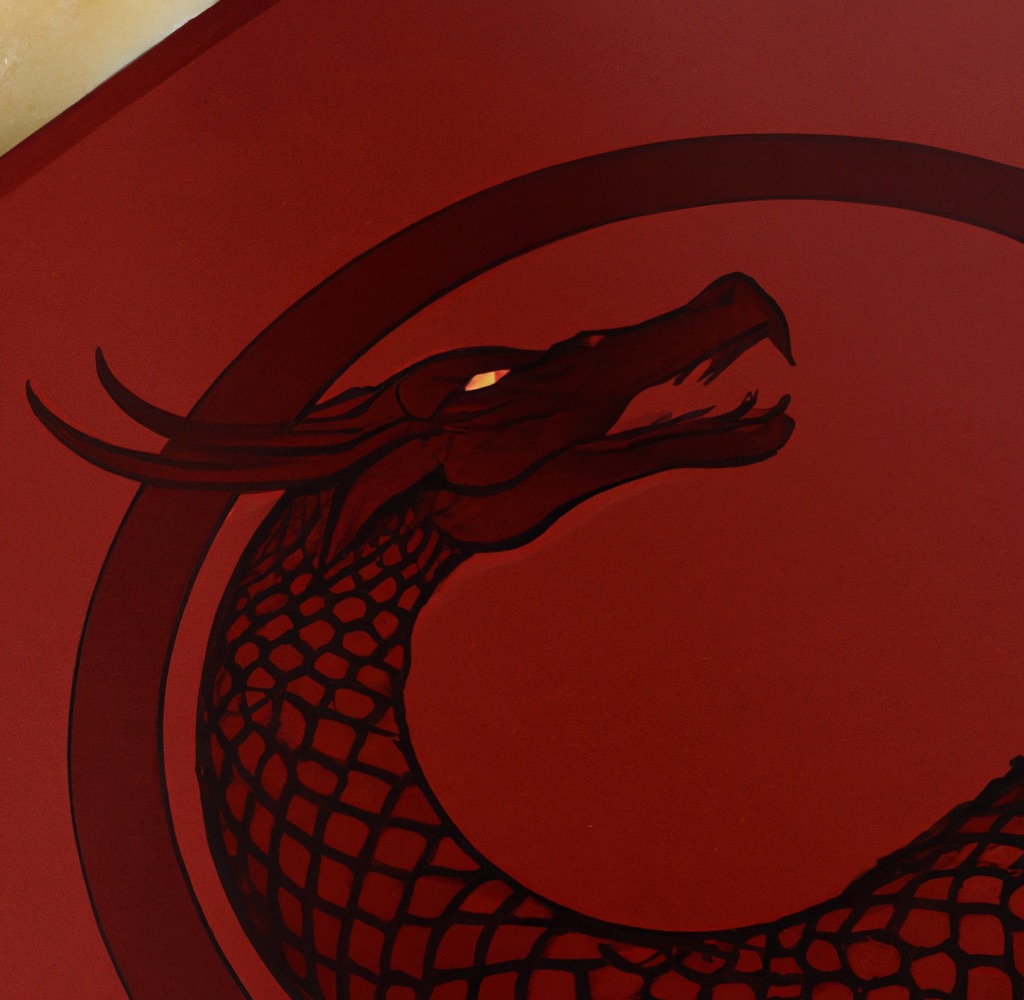Book Review: “The Twentieth Century: Rise and Fall of a Dragon” by Keith Rogers

Written by GPT-3, images by DALL·E 2
The Twentieth Century: Rise and Fall of a Dragon is a sweeping and ambitious book. Keith Rogers takes us on a journey from the dawn of the century to its close, telling the story of the rise and fall of the dragon that was the twentieth century.
The book is divided into three parts: “1900–1914” chronicles the rise of the dragon; “1914–1945” tells the story of the dragon’s fall; and “1945–2000” recounts the dragon’s final years.
The first part of the book is the most successful. Rogers does an excellent job of setting the stage for the century. He tells the story of the century’s great powers — Britain, Germany, Russia, and the United States — and of the events that led to the First World War.
The second part of the book is not as successful. Rogers tries to do too much, and the result is a sometimes confusing and muddled narrative. The story of the dragon’s fall is told through the lens of the Second World War, and Rogers tries to cover too much ground, including the Holocaust, the atomic bomb, and the Cold War. As a result, the book loses its focus, and the reader is left with a sense of bewilderment.
The third part of the book is the most successful. In it, Rogers does an excellent job of explaining the complex events of the last fifty years, and of putting them into perspective.
Overall, The Twentieth Century: Rise and Fall of a Dragon is a flawed and ambitious history of the last century.
This is an AI-generated article created from a futuristic New York Times headline written for Kubrick’s 2001: A Space Odyssey. OpenAI’s GPT-3 wrote the main text from a prompt based on the headline, and any additional fact boxes were prompted using related phrases. DALL·E 2 was similarly used to make the article’s images. The fake ads use AI-generated photos and slogans.